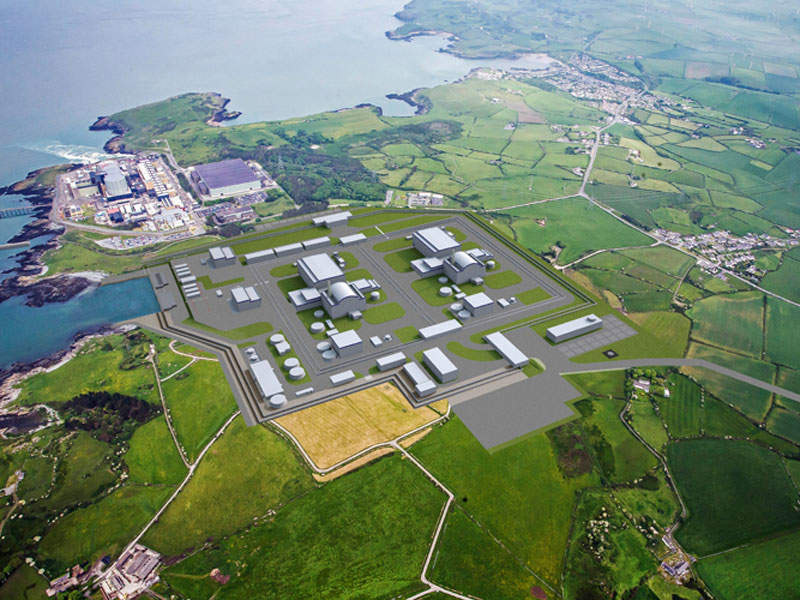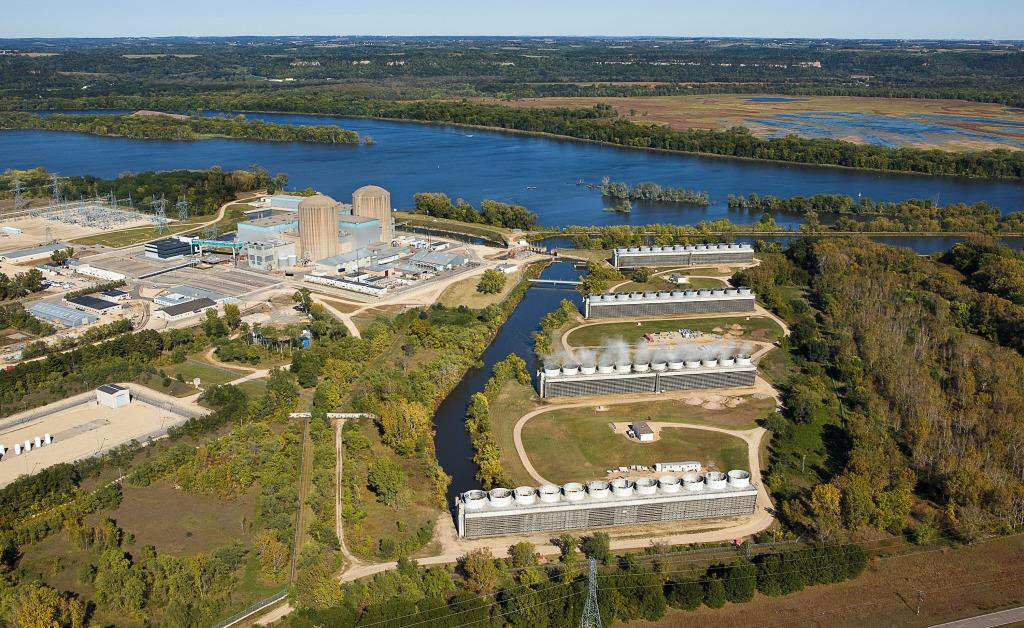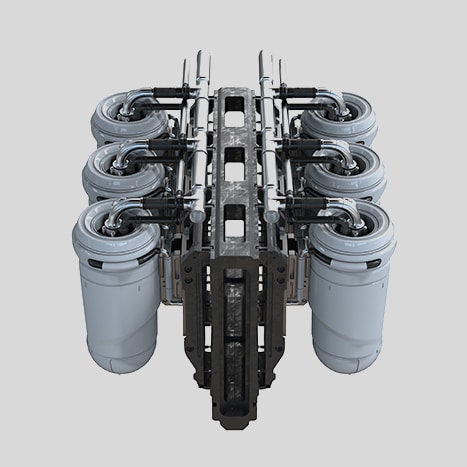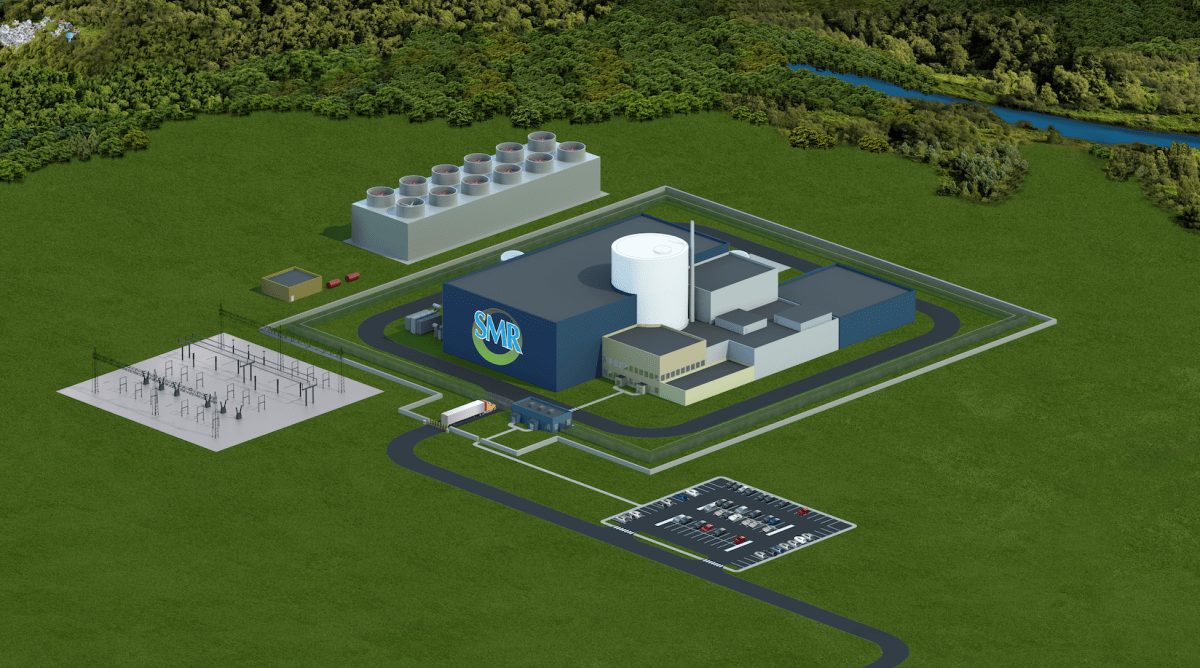A transformational challenge: Making crack-free yttrium hydride

Fabricated yttrium hydride samples are pulled out of the system. Photo: ORNL
Oak Ridge National Laboratory scientists have developed a method to produce solid yttrium hydride for use as a moderator for the Transformational Challenge Reactor (TCR), a 3-MWt additively manufactured microreactor that ORNL aims to demonstrate by 2023. Lacking a commercial supply of the metal hydride, ORNL scientists developed a system to produce yttrium hydride in large quantities and to exacting standards.
The hydrogen density and moderating efficiency of metal hydrides—which combine a rare earth metal with hydrogen—could enable smaller reactor cores that can operate more efficiently and reduce waste products, according to ORNL. The material could be used in other advanced reactor designs, including space power and propulsion systems for NASA, and has been proposed as a shield component for thermalization and neutron absorption in fast-spectrum nuclear reactors.










 Wisconsin-based SHINE Medical Technologies announced on November 4 that its Therapeutics division has made its first commercial sales of lutetium-177 to multiple customers. Lu-177 is a therapeutic isotope in demand by clinical trial sponsors because of its potential to treat a range of cancers.
Wisconsin-based SHINE Medical Technologies announced on November 4 that its Therapeutics division has made its first commercial sales of lutetium-177 to multiple customers. Lu-177 is a therapeutic isotope in demand by clinical trial sponsors because of its potential to treat a range of cancers.


 The National Nuclear Security Administration has launched
The National Nuclear Security Administration has launched 
